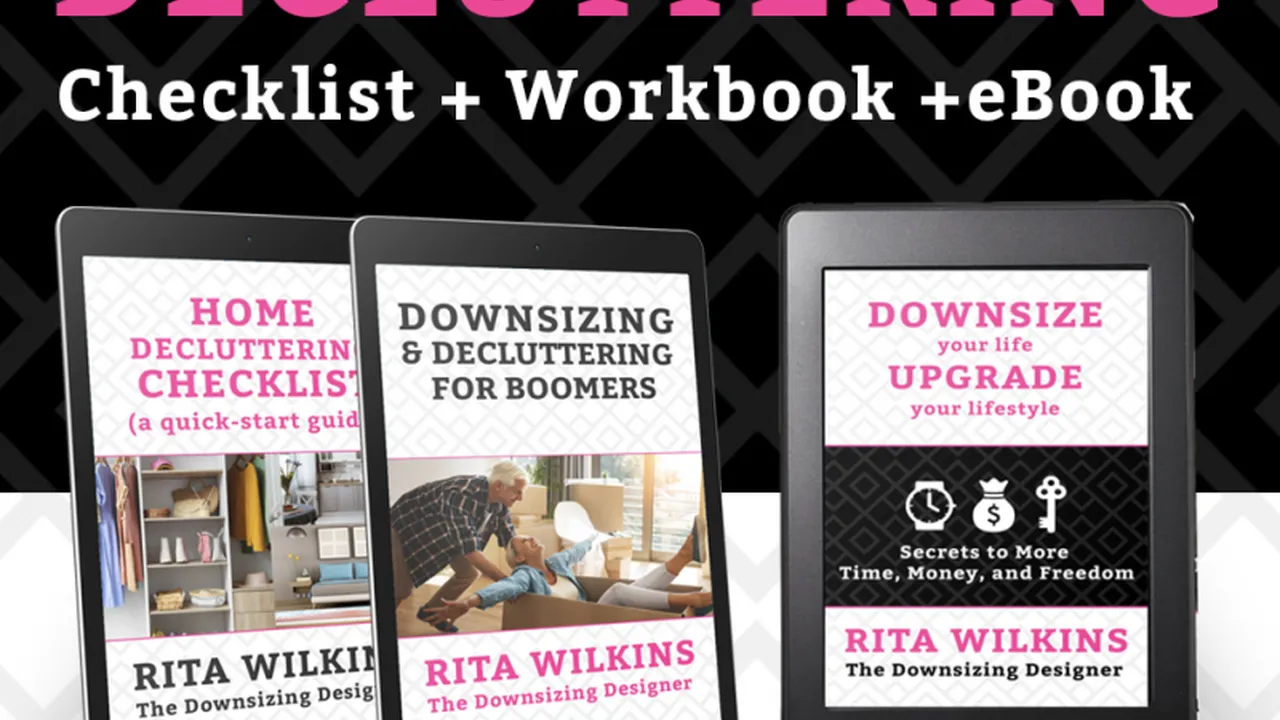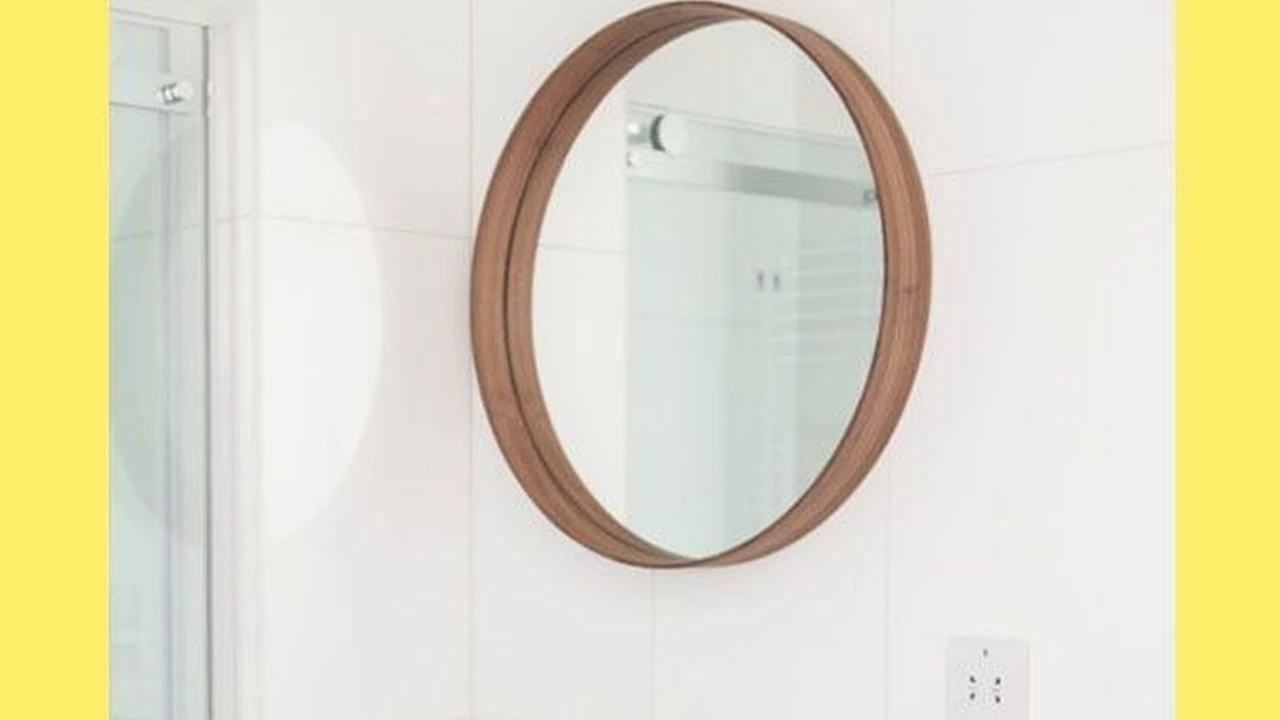Decluttering for Downsizing 5 Key Strategies
Prepare for downsizing with these 5 key decluttering strategies. Streamline your belongings for a smoother transition.

Decluttering for Downsizing 5 Key Strategies
Understanding the Downsizing Mindset The Why and How
Before you even touch a single item, it's crucial to adopt the right mindset. Downsizing isn't just about getting rid of stuff; it's about curating your life, prioritizing what truly matters, and creating a space that serves your future needs. Ask yourself: Why am I downsizing? Is it for financial freedom, less upkeep, a change of scenery, or to be closer to family? Understanding your 'why' will be your guiding star when making tough decisions about your possessions.
Consider the size and layout of your new home. Visualize how your essential furniture and belongings will fit. This mental exercise can help you be more realistic about what you can and cannot bring. Remember, every item you keep takes up valuable space and requires maintenance. Embrace the idea of quality over quantity, and focus on items that bring you joy, serve a practical purpose, or hold significant sentimental value.
Strategy 1 The Four Box Method for Efficient Sorting
The Four Box Method is a classic for a reason: it's simple, effective, and provides clear categories for every item. Label four large boxes or areas in a room:
- Keep: Items you absolutely need and love, and that will fit in your new home. Be ruthless here.
- Donate/Sell: Items in good condition that you no longer need but could be useful to others.
- Trash/Recycle: Broken, unusable, or expired items.
- Relocate: Items that belong in another room but have ended up in your current sorting area.
Start with one room or even one section of a room at a time. Pick up each item and immediately assign it to one of the four categories. Avoid getting sidetracked by reminiscing; the goal is quick decision-making. For items you're unsure about, create a 'Maybe' pile, but commit to revisiting it later with a fresh perspective. The key is to keep moving and not get bogged down by individual items.
Strategy 2 Room by Room Decluttering Tackling Specific Areas
Once you've grasped the Four Box Method, apply it systematically, room by room. This approach prevents overwhelm and allows you to see tangible progress. Here's how to tackle specific areas:
Kitchen Decluttering Essential Appliances and Cookware
The kitchen often accumulates a surprising amount of rarely used gadgets and duplicate items. Focus on functionality and frequency of use. Do you really need three blenders? When was the last time you used that specialized pasta maker?
Recommended Products for Downsizing Kitchens:
- Instant Pot Duo 7-in-1 Electric Pressure Cooker: This versatile appliance (approx. $80-$120) can replace a slow cooker, rice cooker, steamer, sauté pan, yogurt maker, and warmer. Its multi-functionality makes it ideal for smaller kitchens.
- Ninja Foodi Smart XL 6-in-1 Indoor Grill & Air Fryer: (approx. $200-$250) Combines grilling, air frying, roasting, baking, broiling, and dehydrating. Perfect for those who love to cook but have limited counter space.
- OXO Good Grips 3-in-1 Avocado Slicer: (approx. $10) A small, single-purpose tool that actually saves space by combining three functions.
- Collapsible Measuring Cups and Spoons: (approx. $15-$25) Brands like Prepworks by Progressive offer sets that fold flat, saving drawer space compared to traditional sets.
Compare the Instant Pot and Ninja Foodi: The Instant Pot excels at pressure cooking and slow cooking, while the Ninja Foodi is superior for grilling and air frying. Choose based on your primary cooking style. If you rarely grill, the Instant Pot is a better space-saver. If you love crispy foods, the Ninja Foodi might be your pick. Consider their footprint on your new counter space.
Bedroom and Closet Organization Maximizing Storage
Clothes, shoes, and accessories can quickly fill a closet. Be honest about what you wear regularly. If you haven't worn something in a year, it's likely time to let it go. Consider a capsule wardrobe approach.
Recommended Products for Downsizing Closets:
- Space Saving Hangers (e.g., velvet slimline hangers): (approx. $20-$30 for 50) These significantly reduce the bulk of clothes on the rod compared to plastic or wooden hangers. Brands like Amazon Basics or Zober are popular.
- Under Bed Storage Containers (e.g., Ziploc Space Bag or fabric bins): (approx. $20-$40 per set) Ideal for seasonal clothing, extra linens, or items you don't need daily access to. Look for options with clear tops for easy visibility.
- Drawer Dividers (e.g., bamboo or plastic adjustable dividers): (approx. $15-$30 per set) Perfect for organizing socks, underwear, and small accessories, preventing clutter in drawers.
- Over the Door Shoe Organizers: (approx. $10-$20) Frees up floor space in closets or bedrooms.
When comparing under-bed storage, Ziploc Space Bags offer vacuum-sealed compression, saving maximum space, but require a vacuum. Fabric bins are easier to access but offer less compression. Choose based on how often you need to access the stored items and your willingness to use a vacuum.
Living Room and Common Areas Curating Your Comfort
These spaces are for relaxation and entertaining. Focus on furniture that is appropriately sized for your new home and items that contribute to comfort and aesthetics. Be selective with decorative items, books, and media.
Recommended Products for Downsizing Living Areas:
- Multi-functional Furniture (e.g., ottoman with storage, sofa bed): (prices vary widely, $150-$1000+) Brands like IKEA or Wayfair offer numerous options. An ottoman with hidden storage can hold blankets or remotes, reducing clutter. A sofa bed provides extra sleeping space without needing a dedicated guest room.
- Floating Shelves: (approx. $20-$50 per shelf) Utilizes vertical space for books, decor, or small plants, keeping floor space clear.
- Slim Media Consoles: (approx. $100-$300) Designed to hold TVs and media devices without being bulky. Look for options with integrated cable management.
- Digital Photo Frames (e.g., Aura Carver Smart Digital Picture Frame): (approx. $150-$200) Replaces multiple physical photo frames, allowing you to display thousands of memories in one sleek device.
Comparing a traditional bookshelf to floating shelves: Floating shelves offer a more minimalist look and can be arranged creatively, but hold fewer items. A slim media console is better for dedicated media storage, while a multi-functional ottoman is great for general living room clutter. Consider your aesthetic preference and storage needs.
Home Office and Paperwork Digitalizing and Streamlining
Paperwork can be a huge source of clutter. Aim to digitalize as much as possible. Keep only essential physical documents.
Recommended Products for Downsizing Home Offices:
- Portable Document Scanner (e.g., Fujitsu ScanSnap iX1600): (approx. $400-$500) A fast and efficient way to convert physical documents into digital files. While an investment, it pays off in saved space and organization.
- Cloud Storage Subscriptions (e.g., Google Drive, Dropbox, OneDrive): (free for basic tiers, paid for more storage, approx. $2-$10/month) Essential for backing up and accessing digital documents from anywhere.
- Slim Desk Organizers (e.g., mesh or bamboo organizers): (approx. $15-$30) For the few physical items you keep, these help maintain order without taking up much space.
- Wireless All-in-One Printer (e.g., HP OfficeJet Pro 9015e): (approx. $200-$300) Combines printing, scanning, and copying in one compact device, reducing the need for multiple machines.
Comparing scanners: A dedicated portable scanner like the Fujitsu ScanSnap is much faster and more efficient for large volumes of paper than using a printer's scanning function or a phone app. If you have years of documents, the investment is worthwhile. For occasional scanning, your printer or phone might suffice.
Strategy 3 The One Year Rule and Sentimental Items
This strategy helps with items you're hesitant to part with. If you haven't used or worn an item in the past year, seriously consider letting it go. There are exceptions, of course, for seasonal items or special occasion wear, but apply this rule broadly.
Sentimental items are often the hardest to declutter. Here's how to approach them:
- Limit Quantity: You don't need to keep every single childhood drawing or family photo album. Choose a few representative pieces that hold the most meaning.
- Digitize Memories: Scan old photos, letters, and children's artwork. Create digital albums or scrapbooks. This preserves the memory without the physical clutter.
- Create a Memory Box: Designate one small, manageable box for truly irreplaceable sentimental items. Once it's full, you must make a one-in, one-out rule.
- Consider Alternatives: Can you take a photo of the item and then let it go? Can a family member who would truly cherish it take it?
Strategy 4 Selling Donating and Disposing Responsibly
Once you've sorted your items, the next step is to get them out of your home. This is crucial for maintaining momentum and preventing re-cluttering.
Selling Your Unwanted Items Maximizing Value
For valuable items, selling can recoup some costs or provide extra funds for your new home. Consider:
- Online Marketplaces: eBay, Facebook Marketplace, Craigslist. Best for furniture, electronics, and collectibles. Be prepared to take good photos and write detailed descriptions.
- Consignment Shops: For clothing, accessories, or home decor. They take a percentage of the sale but handle the selling process.
- Local Yard Sales/Garage Sales: Good for selling a large volume of lower-value items quickly.
Donating to Charities Giving Back
For items that aren't high value but are in good condition, donating is a great option. Research local charities, thrift stores (e.g., Goodwill, Salvation Army), or specific organizations that accept certain items (e.g., animal shelters for old blankets, libraries for books). Many offer pick-up services for larger items.
Responsible Disposal Minimizing Environmental Impact
For items that can't be sold or donated, ensure responsible disposal. Check local recycling guidelines for electronics (e-waste), hazardous materials (paints, chemicals), and large furniture. Avoid simply throwing everything into a landfill.
Strategy 5 The Moving Day Purge Finalizing Your Inventory
Even after extensive decluttering, you'll likely find more items to let go of as moving day approaches. This final purge is about being realistic about what you truly need for your new life.
- Pack Strategically: As you pack, re-evaluate each item. If you're hesitant to pack it, it might be a sign to let it go.
- Essentials Box: Prepare a box with essentials for your first few days in the new home (toiletries, basic kitchen items, a change of clothes). This prevents you from unpacking unnecessary items immediately.
- Don't Move Clutter: The golden rule of downsizing is not to pay to move items you don't want or need. Every box costs money and effort to transport.
By implementing these five key strategies – adopting the right mindset, using the Four Box Method, systematically decluttering room by room, thoughtfully handling sentimental items, and responsibly disposing of unwanted goods – you can navigate the downsizing process with confidence and ease. Your new, streamlined home awaits, ready for a fresh start.
:max_bytes(150000):strip_icc()/277019-baked-pork-chops-with-cream-of-mushroom-soup-DDMFS-beauty-4x3-BG-7505-5762b731cf30447d9cbbbbbf387beafa.jpg)






